Michel Dagenais
Message Flow Analysis with Complex Causal Links for Distributed ROS 2 Systems
Apr 25, 2022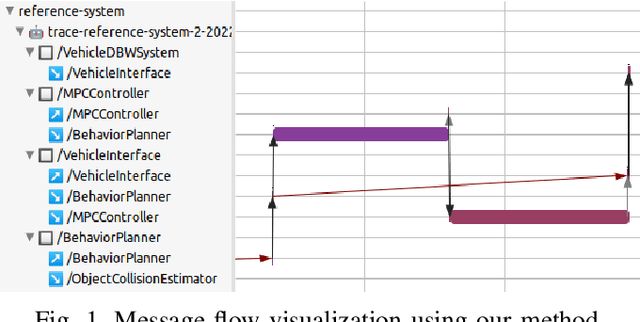

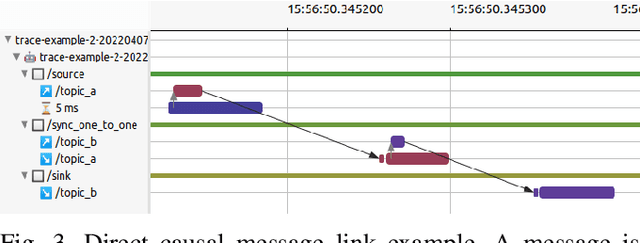
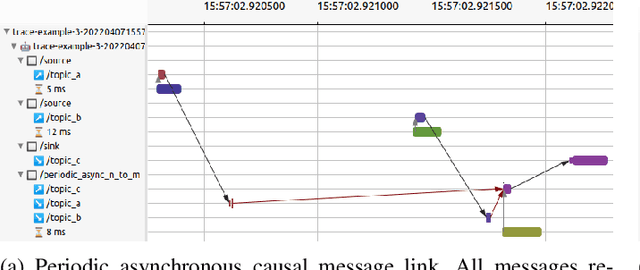
Abstract:Distributed robotic systems rely heavily on publish-subscribe frameworks, such as ROS, to efficiently implement modular computation graphs. The ROS 2 executor, a high-level task scheduler which handles messages internally, is a performance bottleneck. In previous work, we presented ros2_tracing, a framework with instrumentation and tools for real-time tracing of ROS 2. We now extend on that instrumentation and leverage the tracing tools to propose an analysis and visualization of the flow of messages across distributed ROS 2 systems. Our proposed method detects one-to-many and many-to-many causal links between input and output messages, including indirect causal links through simple user-level annotations. We validate our method on both synthetic and real robotic systems, and demonstrate its low runtime overhead. Moreover, the underlying intermediate execution representation database can be further leveraged to extract additional metrics and high-level results. This can provide valuable timing and scheduling information to further study and improve the ROS 2 executor as well as optimize any ROS 2 system. The source code is available at: https://github.com/christophebedard/ros2-message-flow-analysis.
ros2_tracing: Multipurpose Low-Overhead Framework for Real-Time Tracing of ROS 2
Jan 02, 2022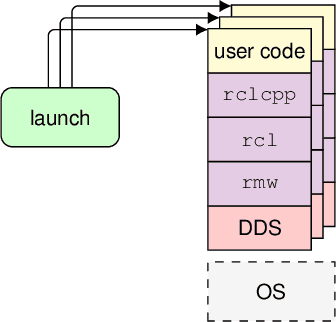

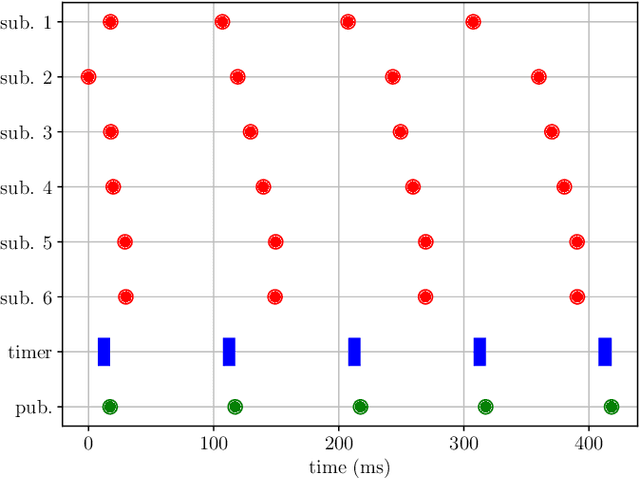
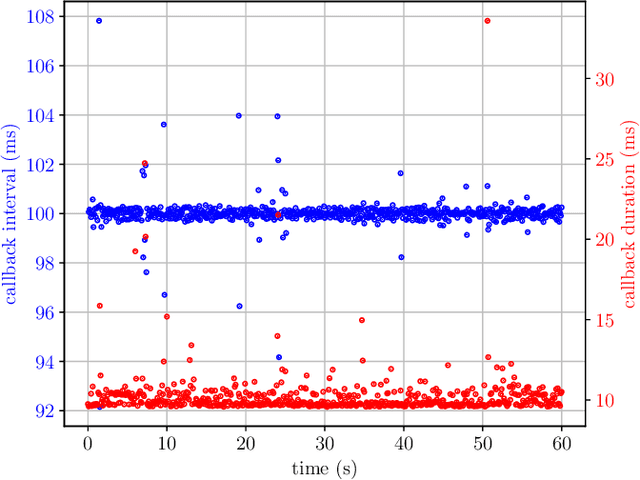
Abstract:Testing and debugging have become major obstacles for robot software development, because of high system complexity and dynamic environments. Standard, middleware-based data recording does not provide sufficient information on internal computation and performance bottlenecks. Other existing methods also target very specific problems and thus cannot be used for multipurpose analysis. Moreover, they are not suitable for real-time applications. In this paper, we present ros2_tracing, a collection of flexible tracing tools and multipurpose instrumentation for ROS 2. It allows collecting runtime execution information on real-time distributed systems, using the low-overhead LTTng tracer. Tools also integrate tracing into the invaluable ROS 2 orchestration system and other usability tools. A message latency experiment shows that the end-to-end message latency overhead, when enabling all ROS 2 instrumentation, is below 0.0055 ms, which we believe is suitable for production real-time systems. ROS 2 execution information obtained using ros2_tracing can be combined with trace data from the operating system, enabling a wider range of precise analyses, that help understand an application execution, to find the cause of performance bottlenecks and other issues. The source code is available at: https://gitlab.com/ros-tracing/ros2_tracing.
 Add to Chrome
Add to Chrome Add to Firefox
Add to Firefox Add to Edge
Add to Edge